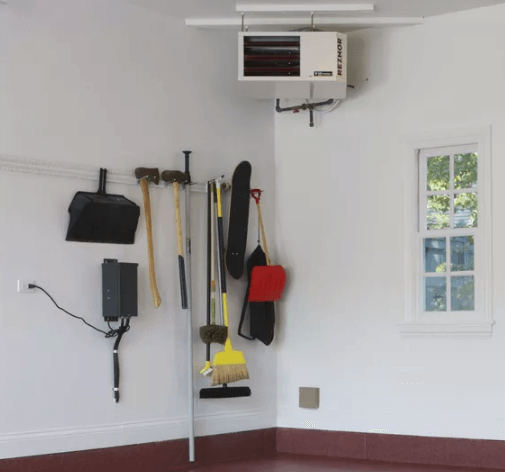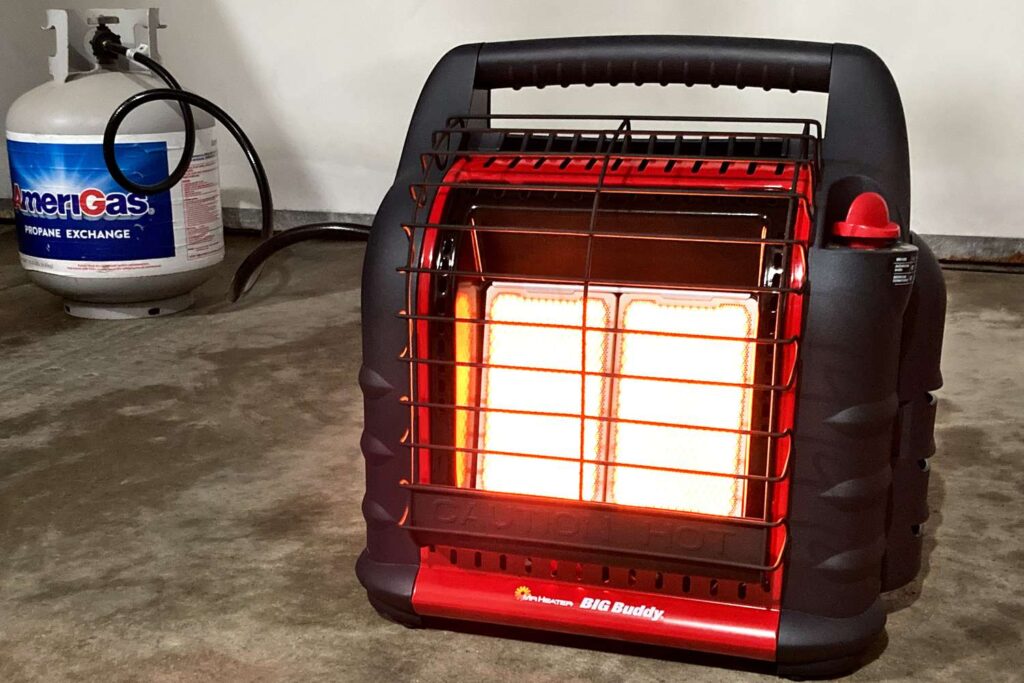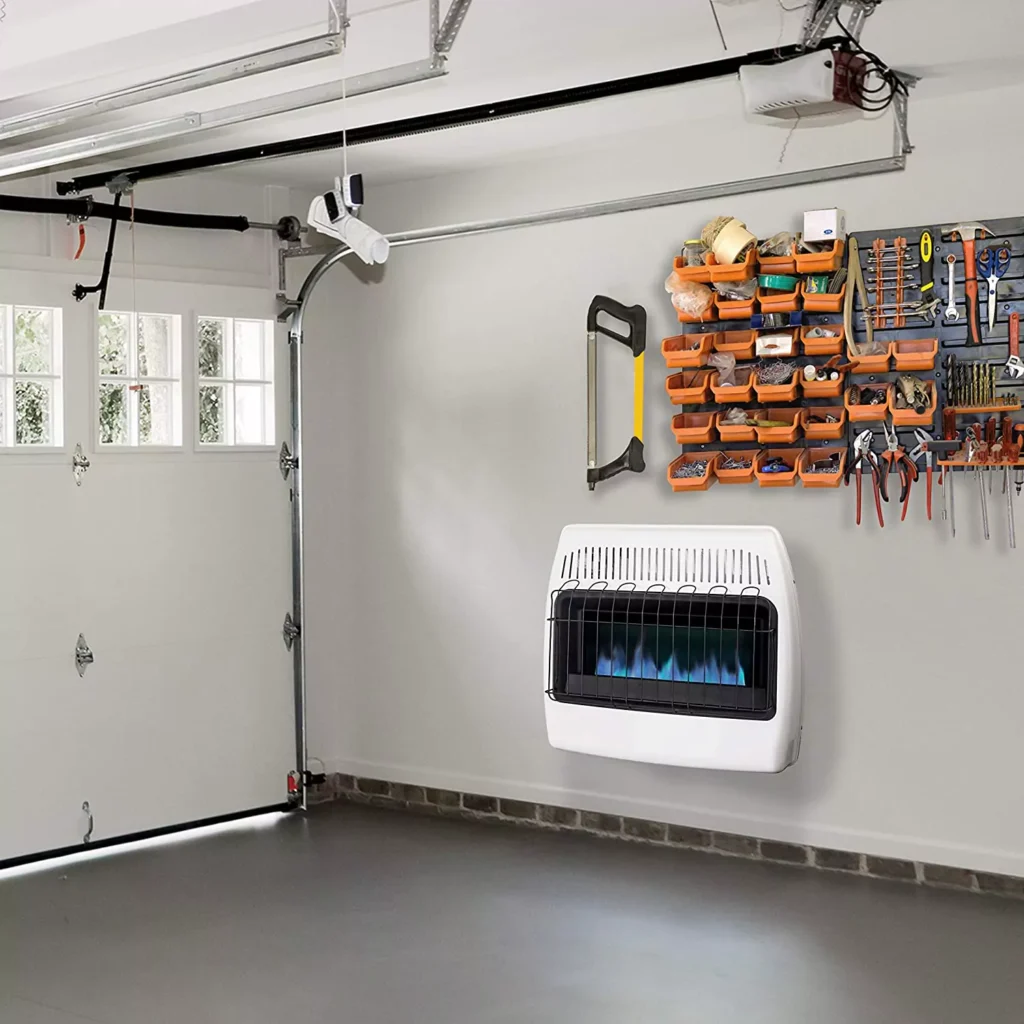Heating a garage during the winter can be crucial for comfort and for protecting equipment, vehicles, and tools. Here are 12 of the best ways to heat a garage:

1. Gas Garage Heater
- Pros: Fast heating and efficient.
- Cons: Requires a gas line or propane tank, installation can be expensive.
- Best for: Large garages or spaces with poor insulation.
2. Electric Space Heater
- Pros: Simple to install and use, no ventilation required.
- Cons: Can be expensive to run for long periods.
- Best for: Small garages or short-term heating.
3. Infrared Heater
- Pros: Heats objects and people directly, not the air, very efficient.
- Cons: Less effective in very large garages.
- Best for: Quick warmth in a small area, targeted heating.
4. Propane Space Heater
- Pros: Can be portable, heats quickly.
- Cons: Requires ventilation and refueling; can be dangerous if used improperly.
- Best for: Short-term use or garages without electrical outlets.

5. Oil-Filled Radiator Heater
- Pros: Silent, efficient, and maintains heat for hours after being turned off.
- Cons: Slow to heat up, can be expensive to operate.
- Best for: Moderate heating in smaller spaces.
6. Wood Stove
- Pros: Very effective, especially in large garages with proper ventilation.
- Cons: Requires wood and regular maintenance; needs proper chimney installation.
- Best for: Larger garages or those where a more sustainable heating option is desired.
7. Mini-Split Heat Pump
- Pros: Efficient, both heating and cooling; can be controlled via a thermostat.
- Cons: Expensive installation.
- Best for: Year-round heating and cooling in well-insulated garages.
8. Ductless Propane Heater
- Pros: Provides consistent heat, energy-efficient.
- Cons: Installation can be expensive; requires ventilation.
- Best for: Larger garages with high ceilings.

9. Ceiling-Mounted Electric Heater
- Pros: Saves floor space and works well for larger areas.
- Cons: Can be slow to heat the entire space.
- Best for: High-ceiling garages or those with limited space for other heaters.
10. Garage Heater with a Thermostat
- Pros: Ensures consistent temperature control and energy efficiency.
- Cons: May require a more expensive setup.
- Best for: Garages used as workshops or living spaces.
11. Heat Circulating Fan
- Pros: Helps distribute heat more evenly throughout the garage.
- Cons: Requires another heating source to generate warmth.
- Best for: Even heat distribution when combined with another heater.
12. Radiant Floor Heating
- Pros: Even and consistent heat, can be installed beneath concrete floors.
- Cons: High installation cost, especially in an existing garage.
- Best for: Permanent, long-term heating solutions in renovated garages.

Final Tip:
Always make sure to check for proper ventilation, especially if you’re using gas or propane-powered heaters, as carbon monoxide buildup can be dangerous.
Contact Doylestown Auto Repair at 267-279-9477 or visit our website at www.doylestownautoshop.com to schedule an appointment to have your car serviced.

